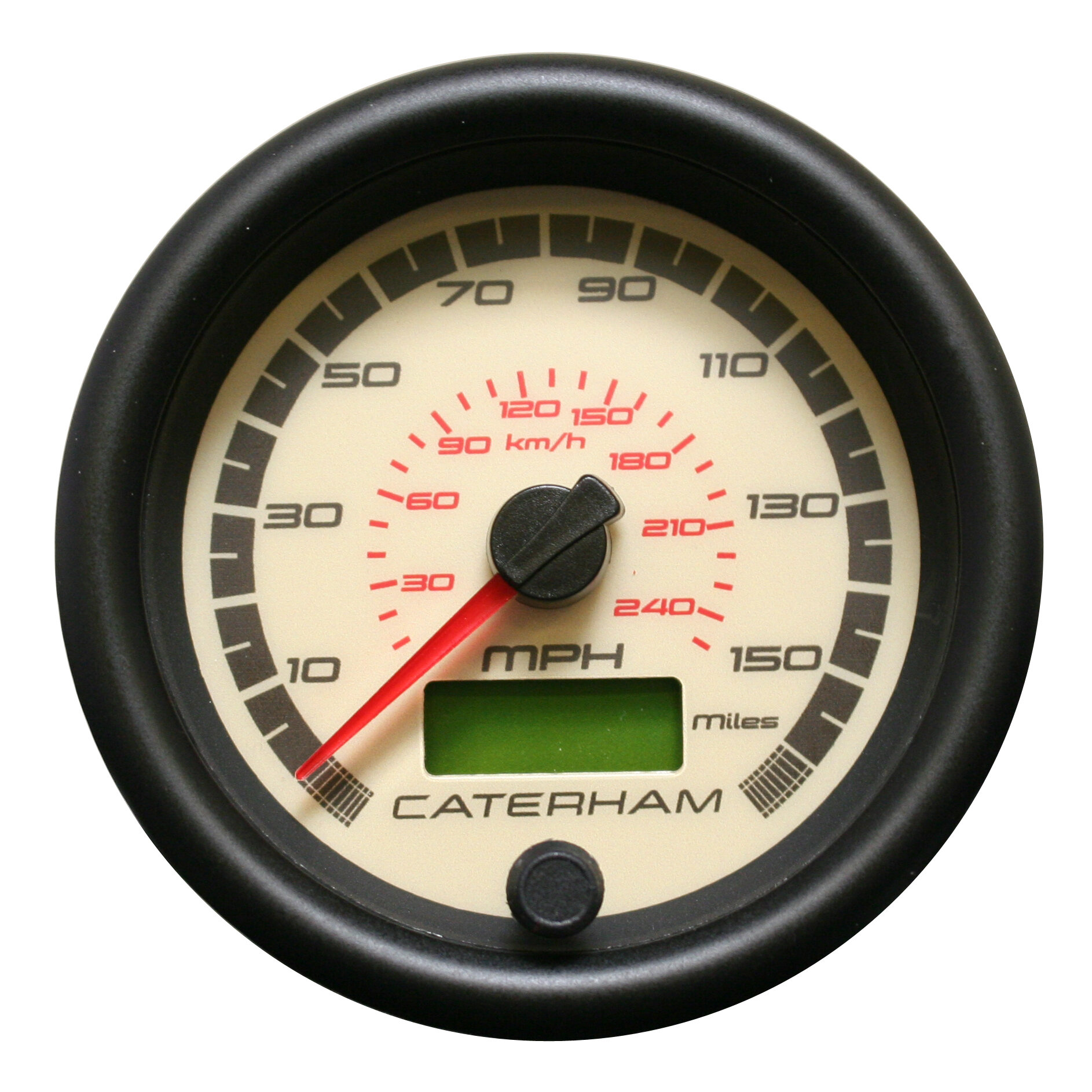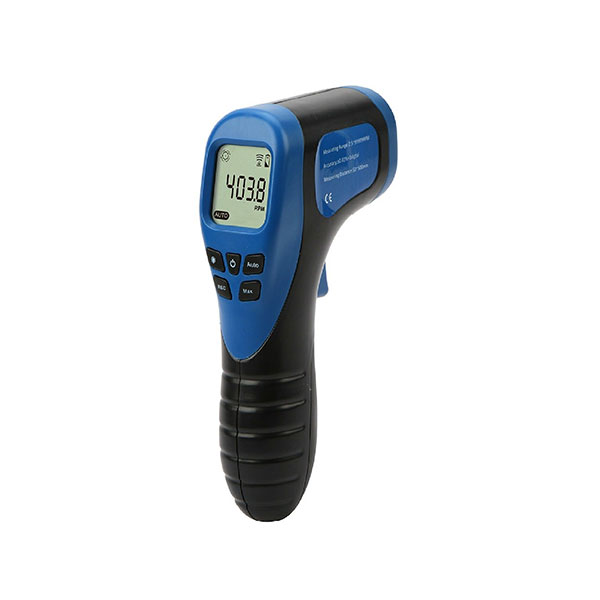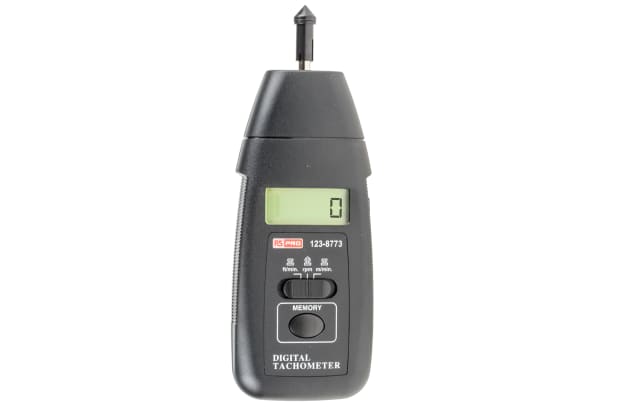Comprehensive Guide to Understanding and Utilizing a Tachometer Efficiently
Comprehensive Guide to Understanding and Utilizing a Tachometer Efficiently
Blog Article
The Importance of a Tachometer in Keeping Track Of Engine Rate and Performance in Automotive Applications
In the realm of auto engineering, the tachometer stands as an essential instrument in the vehicle driver's toolbox, giving a direct home window right into the inner operations of a vehicle's engine. Past its feature as a mere scale of changes per minute (RPM), the tachometer offers as a crucial tool for fanatics and professionals alike, using real-time understandings into engine efficiency and health. Comprehending the significance of this device surpasses surface-level monitorings, delving into the complex relationship between engine speed, power outcome, and total driving experience. As we explore the multifaceted function of the tachometer in automobile applications, a much deeper appreciation for its effect on automobile characteristics and performance begins to emerge.
Significance of Keeping Track Of Engine RPM
Monitoring engine RPM, or transformations per min, is a critical element of auto maintenance and performance analysis. Engine RPM directly associates with the speed at which the engine's crankshaft revolves, indicating exactly how rapidly the engine is running.
Furthermore, checking engine RPM is vital for efficiency examination in auto racing and high-performance automobiles. Preserving optimal RPM degrees is essential for attaining peak power output and velocity. Racers often utilize tachometers to guarantee they are operating within the suitable RPM range for maximum efficiency. In summary, keeping an eye on engine RPM is not just crucial for discovering concerns but likewise for maximizing engine performance in different auto applications.

Advantages of Real-Time Information
In automotive applications, real-time data plays an important function in providing immediate insights into the performance and condition of the car. By constantly keeping track of numerous criteria such as engine rate, temperature level, gas intake, and extra, real-time information uses various advantages that add to improved efficiency and safety on the road.
Additionally, real-time information helps with efficiency optimization by offering prompt comments on driving routines and engine performance. Motorists can adjust their habits in real-time based on this information to accomplish better fuel economic situation and extend the lifespan of their automobile.

Moreover, real-time data plays an essential function in modern-day automobile diagnostics, allowing service technicians to quickly detect and address malfunctions. This brings about minimized downtime, reduced upkeep prices, and inevitably, improved general lorry dependability and durability (tachometer). By harnessing the power of real-time data, vehicle stakeholders can make enlightened decisions that positively impact both the efficiency and long life of the vehicle
Influence On Equipment Shifts
The tachometer plays an essential function in maximizing equipment changes by supplying real-time engine rate information to the chauffeur. When approaching the redline on the tachometer, it indicates the chauffeur to upshift to avoid over-revving the engine and causing potential damage.
In addition, the tachometer help in attaining smoother gear transitions, particularly in manual transmissions. By monitoring engine rate, vehicle drivers can implement gear changes at the optimal RPM range, decreasing jerking activities and minimizing endure the transmission parts. This precision in gear changes not only boosts driving convenience yet also adds to fuel effectiveness.
Enhancing Gas Efficiency
Offered the important role the tachometer plays in optimizing gear changes for performance and engine wellness, it directly adds to making the most of gas effectiveness in automotive applications. By view it providing real-time responses on engine speed, the tachometer aids motorists official site in maintaining one of the most effective RPM variety for gas economic climate. When drivers continually keep track of the tachometer and readjust their driving behaviors appropriately, they can avoid unnecessary gas consumption triggered by over-revving or lugging the engine.
Furthermore, the tachometer helps motorists determine the most fuel-efficient equipment to be in at any kind of provided minute, protecting against the engine from functioning more difficult than required. In final thought, the tachometer offers as a useful device in improving fuel effectiveness by promoting optimal driving practices and determining areas for enhancement in the car's performance.

Taking Full Advantage Of Engine Durability
The tachometer's function in checking engine rate and performance is critical in ensuring the long life of automobile engines. Monitoring the tachometer enables drivers to remain within the recommended RPM variety for their lorry, avoiding unnecessary stress on the engine and expanding its life expectancy.

Conclusion
Finally, the tachometer plays a vital role in monitoring engine speed and performance in vehicle applications. By supplying real-time data on RPM, it allows for reliable gear changes, look at this web-site boosted gas efficiency, and made best use of engine long life. This device is necessary for preserving ideal engine efficiency and making certain the total capability of an automobile.
Report this page